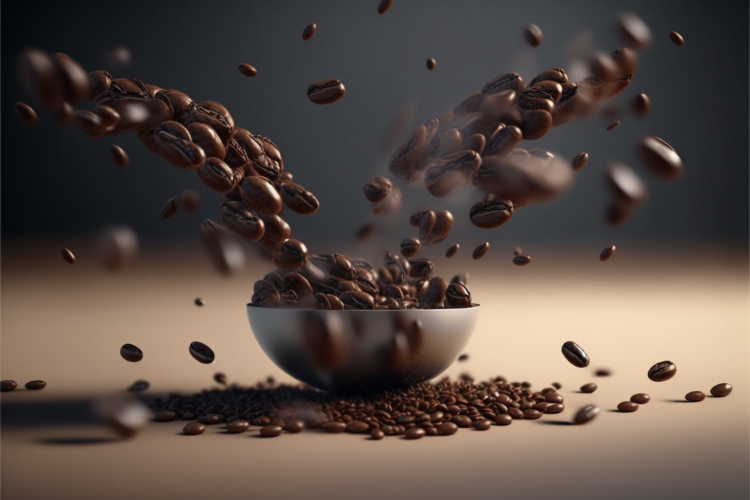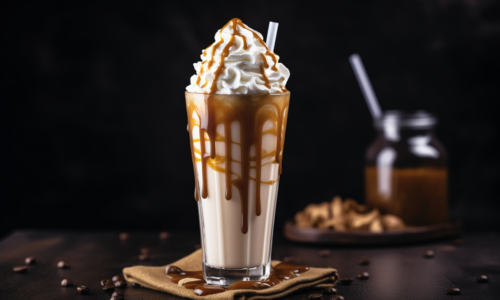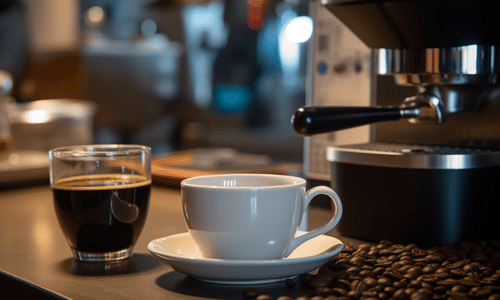Have you ever wondered, “how many scoops of coffee per cup should I use?” As coffee lovers, we know that getting the perfect coffee-to-water ratio is essential for brewing that delightful, aromatic cup of java. In this article, we’ll guide you through the process, provide helpful tips, and ensure you never have to guess the right amount of coffee again. Let’s dive in!
The Importance of Measuring Coffee Correctly
Consistency in Flavor
We’ve all experienced it: one day, our coffee tastes heavenly, and the next, it’s bitter or watery. Measuring coffee accurately ensures a consistent flavor every time we brew.
Proper Extraction
Using the right amount of coffee and water ensures optimal extraction, which is crucial for a well-balanced cup.
Minimizing Waste
By measuring coffee accurately, we can avoid wasting precious beans and ensure every cup is enjoyable.
The Golden Ratio
The Standard Coffee-to-Water Ratio
The standard coffee-to-water ratio is 1:15 – one part coffee to fifteen parts water. However, personal preferences may vary, so feel free to experiment!
How Many Scoops of Coffee Per Cup?
For a standard 6-ounce cup, you’ll need 1 to 1.5 tablespoons (or one scoop) of coffee. However, this can vary depending on your desired strength.
Measuring Coffee Like a Pro
Using a Kitchen Scale
Weighing coffee with a kitchen scale is the most accurate method. It’s quick, easy, and ensures precision in every cup.
Measuring Coffee by Volume
If you don’t have a kitchen scale, measuring coffee by volume is the next best option. Use a tablespoon or a coffee scoop, which typically holds 7-10 grams of coffee.
Coffee Strength Preferences
Here’s a simple guide to help you determine the right coffee-to-water ratio for your preferred strength:
- Mild: 1 tablespoon (7 grams) per 8 ounces of water
- Medium: 1.5 tablespoons (10 grams) per 8 ounces of water
- Strong: 2 tablespoons (14 grams) per 8 ounces of water

Tips for Brewing the Perfect Cup
Freshly Ground Beans
Using freshly ground beans enhances the flavor and aroma of your coffee.
Water Quality
Use filtered water to ensure your coffee tastes clean and delicious.
Brewing Method
Different brewing methods require different grind sizes and coffee-to-water ratios. Experiment to find your favorite method!
Brew Time
Brewing time also affects the flavor and strength of your coffee. Adjust accordingly to find your perfect balance.
Conclusion
In conclusion, the ideal number of scoops of coffee per cup depends on personal preferences and the brewing method. By understanding the golden coffee-to-water ratio and measuring your coffee accurately, you’ll consistently brew a delicious cup of java every time. Happy brewing!
FAQs
- Q: How many scoops of coffee per cup should I use for a French press? A: For a French press, use 1.5 to 2 tablespoons (or scoops) of coffee per 8 ounces of water.
- Q: What is the ideal water temperature for brewing coffee? A: The ideal water temperature for brewing coffee is between 195°F and 205°F (90°C to 96°C).
- Q: Can I use a regular tablespoon to measure coffee? A: Yes, you can use a regular tablespoon, but keep in mind that a coffee scoop is slightly larger and specifically designed for measuring coffee.
- Q: How much coffee should I use for a 12-cup coffee maker? A: For a 12-cup coffee maker, you’ll need 12 to 18 tablespoons (or scoops) of coffee, depending on your preferred strength.
- Q: Does the type of coffee bean affect the number of scoops per cup? A: The type of coffee bean may influence the flavor profile, but the general rule for the number of scoops per cup remains the same.



